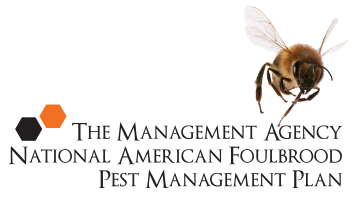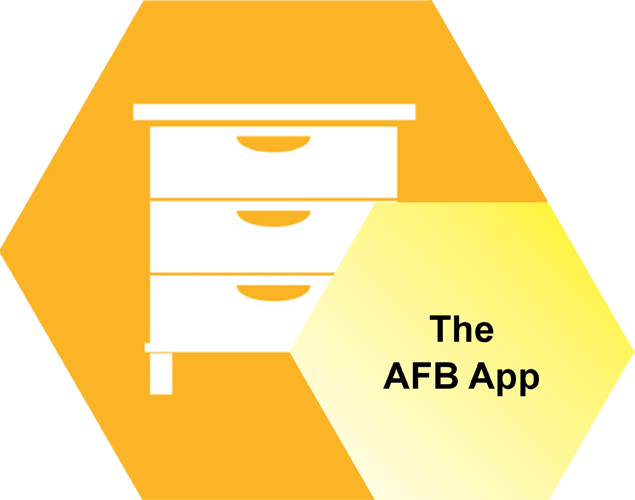Health and Safety
Management Agency prepares for health and safety reforms
Beekeepers may be aware the Health and Safety Reform Bill (“the Bill”) was introduced to Parliament on 10 March 2014.
The essence of this legislation is a focus on systemic risk based regulation.
The Bill will control a person in control of a business or undertaking (“PCBU”) to develop a systemic approach to risk by putting in place systems for managing the PCBU’s risk and meeting its regulatory obligations.
The main purpose of the Bill is to provide a balanced framework to ensure the health and safety of workers by protecting workers and other persons against harm to their health, safety and welfare by eliminating or minimising risks arising from work or from prescribed high risk plant.
The Bill is based on the principle that workers should be given the highest level of protection against harm to their health, safety and welfare from hazards and risks arising from work as is reasonably practicable.
Whilst a PCBU does not include a person who is a worker or officer of a business or undertaking, a volunteer association or an occupier of a home to the extent this person employs a person to do work in the home, it does apply to the following:
- Employers
- Those who manage or control the workplace
- Those who manage or control fixtures, fittings or plant at workplaces
- Designers, importers, suppliers and installers of plant, substances or structures.
The Bill defines workers as those who carry out work in any capacity for a PCBU including:
- Employees
- Contractors or subcontractors
- Employees of a contractor or subcontractor
- Employees of a labour hire company and others
The intention of the Bill is to reduce the number of incidences.
There is a new regulator, WorkSafe New Zealand, which will be enforcing the legislation to the best of its resources.
There will be heightened duties to identify hazards and risks.
Determining what is reasonably practicable in relation to a duty to ensure health and safety, includes what a person knows or ought reasonably to know and the availability and suitability of ways to eliminate or minimise the risks.
Employers need to be very careful to ensure that all risks are minimised including:
- The risk of workers not following proper steps or directions; and
- Hazards (such as fatigue) about which the employer may not have any knowledge and that may not be identifiable.
Employers will need to know not only what their workers have been asked to do, or should be doing, but are also to have knowledge of what work is actually being done. In addition, employers will need to be aware of issues and risks that most employers would not have sufficient knowledge about, or even awareness of, in order to comply with the legislation.
Worker engagement is critical to the Bill. Effective worker participation requires employees to work collectively and to take action for the common good.
Participation by employees under the Bill is far more significant that the current position. A PCBU is required, as far as reasonably practicable, to engage with workers who are likely to be directly affected by a matter relating to work, health or safety. This requires hazards to be identified and an employer needs to make decisions about ways to eliminate or minimise the risks.
Workers can request an election of Health and Safety representatives or the PCBU can arrange for elections on its own initiative. Those representatives are required to:
- Represent workers in the work group on matters relating to health and safety;
- Investigate complaints from workers in that work group regarding health and safety.
The PCBU has significant obligations to the Health and Safety representative including consulting about health and safety measures, conferring when reasonably requested, allowing time off for the Health and Safety representative to spend as much time as reasonably necessary to perform the functions, providing information, along with the duty to provide resources, facilities and assistance.
The level of employee engagement anticipated by the Bill should enable employees to have full involvement in ensuring health and safety in the workplace. It will require significant investment from employers in facilitating training and will take significant time at the employer’s cost.
The Management Agency has identified hazards and risks relevant to it and has prepared policies to ensure that the hazards and risks are eliminated or minimised. The Management Agency is taking a responsible approach and is ready to comply with the Bill.
Take the AFB 5 minute quiz
How well do you know what you need to know about AFB and beekeeping? Take our short quiz and find out.
Videos
Our videos cover everything from your legal obligations to how to recognise AFB, collecting cell and bee samples and more.
Symptoms
There’s a lot of good information here, telling you everything you need to know about recognising AFB: the visual symptoms, smell of AFB and more.
Inspection and Diagnosis
Successfully eliminate AFB by telling the difference between symptoms of AFB and other brood diseases in the hive. We tell you the best methods for inspecting your hives.
The Law
New Zealand beekeepers have a number of legal obligations that must be met regarding AFB disease. Read the shortened list in summary, here.
Elimination
Most hives become infected because bees, honey or equipment have been put into a hive from another hive that is infected with AFB. Lower your chances of an AFB infection by reading this section.
AFB Recognition Course Info
Find out when the next AFB Recognition and Competency Courses, or Refresher Courses are available. These are held throughout the year in various New Zealand locations across the South Island and North Island.
The AFB App
Follow the link below to open the App. Once open to save to your device you need to bookmark the URL on your phone so you can find it easily again. Please click here to open.









